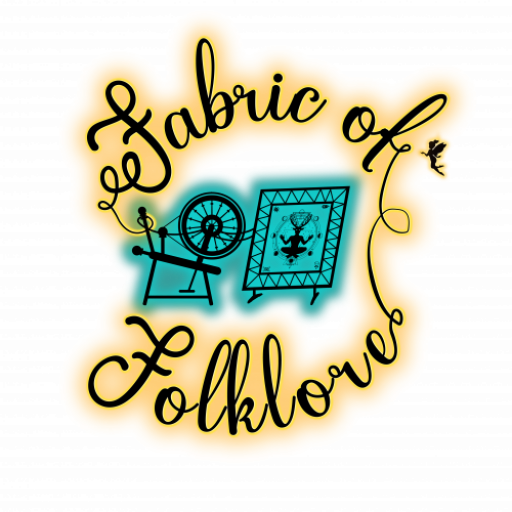Introduction
In the digital age, folklore has taken on new forms, evolving from traditional stories passed down through generations to tales that spread rapidly across the internet. (See Episode 3, where Dr. Simon Bronner speaks more to internet folklore) One of the most notable examples of this phenomenon is the creation and evolution of Slender Man (discussed in episode 16 by Dr. Andrea Kitta). Slender Man is a tall, faceless entity that has captured the imagination of millions around the world. This article explores the origins of Slender Man, its transformation into digital folklore, and its impact on contemporary culture, alongside other critical instances of digital folklore.
The Birth of Slender Man
Slender Man emerged from the depths of the internet in 2009, originating on the Something Awful online forum’s “Create Paranormal Images” thread. User Victor Surge (real name Eric Knudsen) posted two black-and-white images accompanied by brief, ominous captions, describing a tall, thin figure with elongated limbs and a featureless face. The images depicted Slender Man lurking in the background, often near children.
This initial post laid the foundation for the Slender Man mythos. The character’s name and eerie appearance quickly caught the attention of online communities, inspiring others to contribute their own stories, images, and videos. As a result, Slender Man gained momentum and evolved into a collaborative and interactive digital narrative. It began as “creepypasta”- a term used to describe a type of horror-themed internet urban legend or short story that is shared and circulated online. The term is a combination of “creepy” and “copypasta,” with “copypasta” referring to text that is copied and pasted across the internet. However, it evolved into digital folklore.
Evolution into Digital Folklore
Slender Man’s journey from a simple forum post to a complex digital folklore phenomenon can be attributed to several factors:
- Collaborative Storytelling: Online communities began to create and share their own narratives, expanding the Slender Man universe. Creators added layers of complexity to the mythos by incorporating new characters, locations, and mythological elements.
- Media Diversification: The popularity of Slender Man extended beyond text and images, leading to the creation of web series, video games, and short films. These adaptations allowed the mythos to reach different audiences and adapt to various storytelling formats.
- Alternate Reality Games (ARGs): Slender Man became an integral part of several ARGs, blurring the line between fiction and reality. Players engaged in puzzles, real-world scavenger hunts, and online investigations, further immersing themselves in the narrative.
- Participatory Culture: Fans not only consumed Slender Man content but also actively contributed to its growth by producing fan art, fan fiction, and remixes. This participatory culture deepened the sense of community and ownership surrounding the digital folklore.
Impact and Significance
Slender Man’s influence extends beyond the digital realm, permeating various aspects of popular culture:
- Horror Genre Reinvention: Slender Man’s success in the digital age demonstrated the potential for online platforms to rejuvenate traditional horror storytelling, offering new avenues for creators to engage audiences.
- Exploration of Fear: The character tapped into a primal fear of the unknown, capitalizing on the uncanny and unsettling aspects of its appearance. Slender Man’s popularity prompted discussions on the psychology of fear and its manifestation in the digital age.
- Moral and Ethical Considerations: Tragically, the Slender Man phenomenon took a dark turn when two young girls attempted to murder a classmate in 2014, claiming they did so to appease Slender Man. This incident highlighted the potential consequences of blurring the lines between fiction and reality and raised questions about the ethical implications of digital folklore.
Parallel Instances of Digital Folklore
Slender Man is not the only instance of digital folklore that has captured the collective imagination:
- The SCP Foundation: A collaborative fiction project centered around a fictional organization that contains and studies anomalous entities and objects. This project has spawned numerous stories, articles, and creative works, showcasing the power of collaborative storytelling.
- Polybius: An urban legend about a supposed arcade game that caused psychological effects on players. Despite lack of concrete evidence, this story has persisted online, illustrating the durability of digital myths.
- Momo Challenge: A controversial viral hoax that claimed a sinister character was encouraging self-harm and dangerous activities among children via social media. The Momo Challenge underscored the challenges of digital misinformation and its potential impact on society.
Conclusion
Slender Man’s evolution from a simple forum post to a sprawling digital folklore phenomenon is a testament to the power of collective creativity and online collaboration. The character’s eerie allure and collaborative nature have left an indelible mark on contemporary culture. As digital folklore continues to evolve and adapt, it will be fascinating to witness the emergence of new tales that captivate and challenge our understanding of storytelling in the digital age.
Do you have a favorite internet folklore? What do you know of slender man?
(sourced: ChatGPT)

